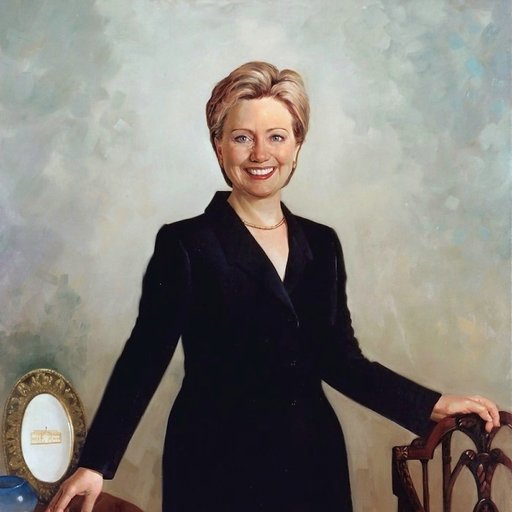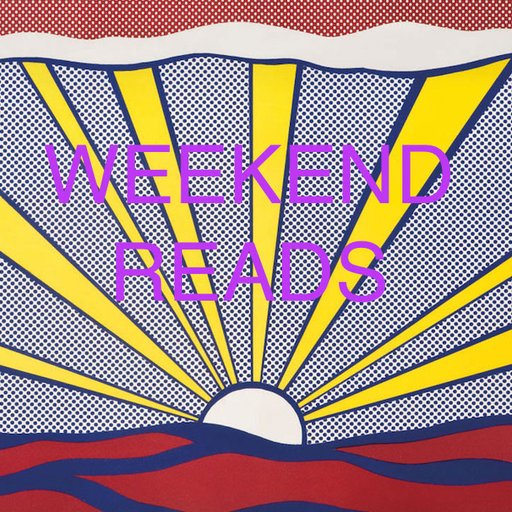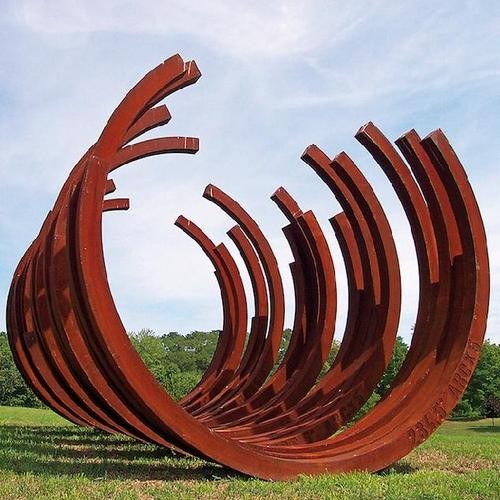George Segal is best known for his life-sized casts of human figures. Eschewing traditional sculptural casting techniques, the artist invented his own idiosyncratic method of employing plaster medical bandages to capture his subjects, resulting in roughly textured white forms. These "frozen" figures were often placed in tableaux alongside everyday objects, resulting in what the artist described as "situation sculptures"—for instance, sitting at a diner counter or pumping gas—that create a stark contrast between the ghostly figures and their naturalistic environments. In addition to these everyday themes, Segal also explored biblical, historical, and mythological subjects; among his best-known works is the controversial In Memory of May 4, 1970: Kent State—Abraham and Isaac, created in response to the Kent State shootings, which uses the Old Testament story as an allegory for contemporary events.
Segal's work has been widely exhibited, including retrospectives at the Jewish Museum and the Montreal Museum of Fine Arts in 1998. In 1999 he received a National Medal of Honor.
THANKS FOR SIGNING UP FOR OUR NEWSLETTER.
THAT EMAIL HAS ALREADY BEEN SUBSCRIBED.
Now, personalize your account so you can discover more art you'll love.
PERSONALIZE YOUR ACCOUNTDISCOVER
a treasure trove of fine art from the world's most renowned artists, galleries, museums and cultural institutions. We offer exclusive works you can't find anywhere else.
LEARN
through exclusive content featuring art news, collecting guides, and interviews with artists, dealers, collectors, curators and influencers.
BUY
authentic artworks from across the globe. Collecting with us means you're helping to sustain creative culture and supporting organizations that are making the world a better place.
CONNECT
with our art advisors for buying advice or to help you find the art that's perfect for you. We have the resources to find works that suit your needs.

INSIDER ACCESS TO THE WORLD'S BEST ART
Artspace offers you authentic, exclusive works from world-renowned artists, galleries, museums and cultural institutions. Collecting with us helps support creative culture while bringing you art news, interviews and access to global art resources.








